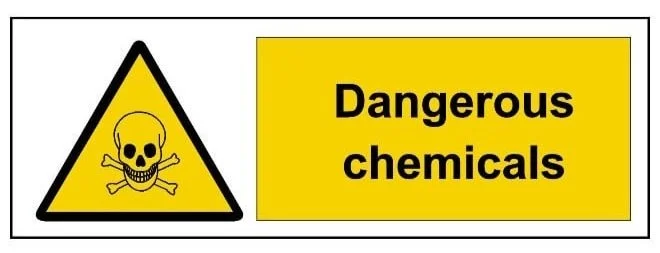HT Pallets Benefits
The Environmental and Economic Benefits of Using HT Pallets
As businesses increasingly prioritize sustainability, the choice of materials used in logistics and supply chain management has become more critical than ever. Heat-treated (HT) pallets, which comply with ISPM 15 standards, offer a unique blend of environmental and economic benefits that make them an attractive option for companies involved in global trade. This article will explore these benefits in detail, highlighting why HT pallets are a smart choice for businesses looking to optimize their operations while minimizing their environmental impact.
Environmental Benefits of HT Pallets
Reduced Use of Harmful Chemicals
One of the primary environmental advantages of HT pallets is that they do not require chemical fumigation. Traditional methods of treating wood pallets often involve chemicals like methyl bromide, which is harmful to the environment and is being phased out under the Montreal Protocol due to its ozone-depleting properties. Heat treatment, on the other hand, uses only heat to eliminate pests, making it a more environmentally friendly option.
Prevention of Invasive Species
HT pallets play a crucial role in preventing the spread of invasive species across borders. By eliminating pests and pathogens that may be present in the wood, heat treatment ensures that these organisms are not transported to new environments where they could cause significant ecological damage. This contributes to the preservation of biodiversity and the protection of ecosystems.
Sustainable Resource Management
The use of HT pallets supports sustainable forestry practices. Since the heat treatment process increases the durability of the wood by reducing its moisture content, HT pallets have a longer lifespan compared to untreated pallets. This extended lifespan means fewer pallets need to be produced and replaced, reducing the demand for new timber and helping to conserve forests.
Recyclability and Reusability
HT pallets are fully recyclable and can be repurposed at the end of their lifecycle. The wood from these pallets can be reused in various ways, such as in the production of particleboard, mulch, or biofuel. This recyclability reduces waste and contributes to a circular economy, where materials are reused and recycled rather than discarded.
Economic Benefits of HT Pallets
Cost Savings in Shipping
HT pallets can lead to cost savings in international shipping. Because they comply with ISPM 15 standards, shipments using these pallets are less likely to face delays or rejections at border crossings due to non-compliance. This reduces the risk of fines, additional inspections, or even the destruction of goods, leading to smoother and more predictable logistics operations.
Increased Durability and Longevity
The heat treatment process strengthens the wood by lowering its moisture content, making HT pallets more resistant to pests, fungi, and decay. This increased durability means that HT pallets can be used multiple times before needing replacement, reducing the overall cost of pallet procurement and lowering the total cost of ownership.
Lower Maintenance Costs
HT pallets require less maintenance compared to chemically treated or untreated pallets. The reduced risk of pest infestation and decay means that businesses can spend less on repairing or replacing damaged pallets. This contributes to lower operational costs and improves the efficiency of the supply chain.
Enhanced Global Trade Opportunities
By using HT pallets, businesses can expand their global trade opportunities. Many countries require ISPM 15-compliant pallets for imported goods, and using HT pallets ensures that shipments meet these requirements. This opens up new markets and reduces the complexity of international trade, making it easier for businesses to operate on a global scale.
Conclusion
HT pallets offer a range of environmental and economic benefits that make them an ideal choice for businesses engaged in international trade. Their ability to reduce the use of harmful chemicals, prevent the spread of invasive species, and support sustainable resource management makes them a key component of eco-friendly logistics practices. Additionally, the cost savings associated with their durability, lower maintenance requirements, and compliance with international standards make HT pallets a sound investment for companies looking to optimize their supply chain operations.
By choosing HT pallets, businesses can not only enhance their operational efficiency but also contribute to global sustainability efforts, making a positive impact on both the environment and their bottom line.
This article underscores the significant advantages of using HT pallets, offering insights into how they can help businesses achieve their sustainability goals while also improving economic outcomes.

